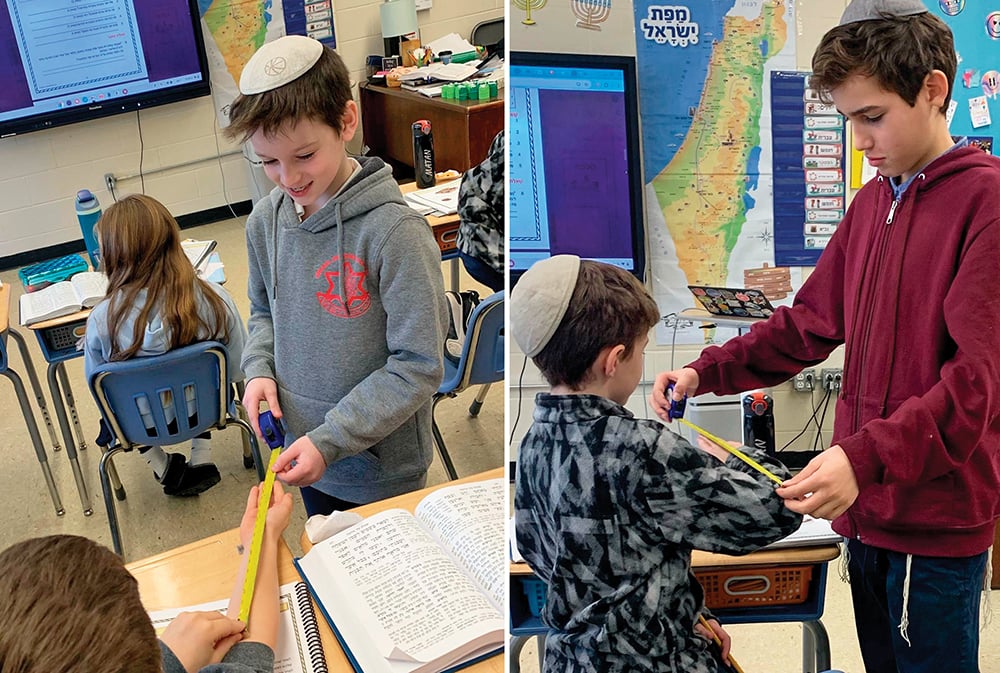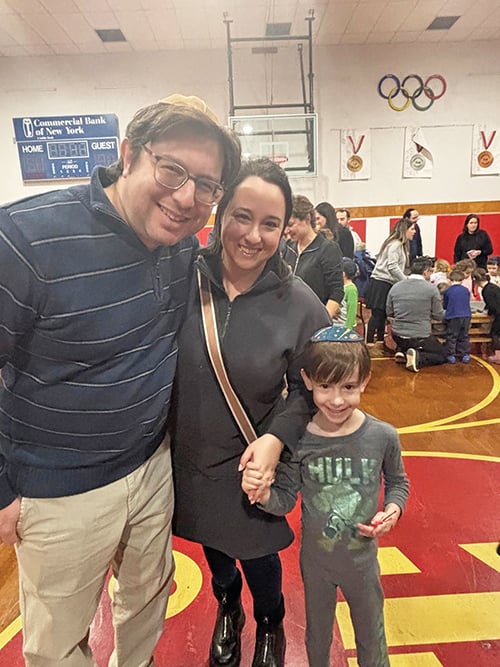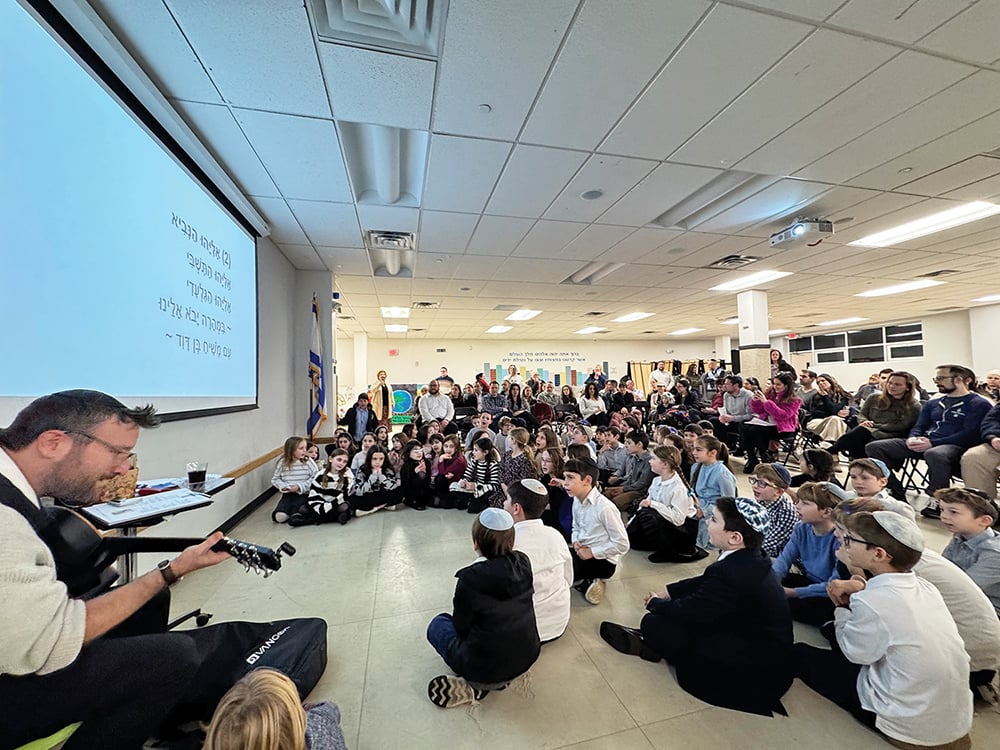
At youth minyanim, such as those we have at the daily Sephardic minyan for students at TABC, we try to share the tefillah with as many young men as possible. The more experience the younger generation has with leading the tefillah, the deeper connection they feel towards tefillah and community. Moreover, serving as the shaliach tzibbur (tefillah leader) helps improve the youngsters’ Hebrew reading skills.
As such, we prefer to have someone other than the chazan for Shacharit lead Ashrei, Lamnatze’ach and U’Va L’Tziyon after the chatzi Kaddish that follows Tachanun. The question then becomes who leads the last Kaddish Titkabal—the one who led Uva L’Tziyon, or the chazan who lead the main portion of the Shacharit, including the chazara (repetition of the Amida)?
It is typical in Ashkenazic kehillot for the replacement chazan to recite the Kaddish Titbakal. In fact, the Rama to Yoreh De’ah 376:5 seems to support this common practice.
However, Rav Ovadya Hadaya (a leading mid-20th century Sephardic posek) rules otherwise (Teshuvot Yaskil Avdi 8:20:29). Rav Hadaya argues that the chazan who led the chazara should recite Kaddish Titbakal. To my knowledge, no major Sephardic authority disagrees. This seems to be the widespread Sephardic practice and it is how we practice at Shaarei Orah and at TABC.
Rav Hadaya cites a number of points to support his conclusion. He notes that the Shulchan Aruch (Orach Chaim 123:5) writes that the chazan for the chazara does not need to take three steps back. The Mishna Berura (123:18) explains that the chazan instead relies on the three steps he takes back during Kaddish Titkabal. Rav Hadaya notes that the Mishna Berura presumes that the chazan for the chazara will also be reciting Kaddish Titkabal.
Rav Hadaya also notes that the Mishna Berura here also cites many acharonim who rule that the chazan for the chazara should not engage in conversation until after he recites Kaddish Titkabal, since the Kaddish Titkabal refers to the chazara.
Similarly, the Mishna Berura (123:21) explains the Rama’s ruling that the chazan does not say yiheyu l’ratzon, since the chazan relies upon the Kaddish Titkabal. Once again the Mishna Berura presumes that the chazan for the chazara will also recite Kaddish Titkabal.
We should note, though, that the Mishna Berura cites those who disagree with the Rama. Indeed, Rav Yitzhak Yosef in his Yalkut Yosef rules that the chazan should recite yiheyu l’ratzon.
Most interestingly, Rav Michael Taubes reports that he saw Rav Yosef Dov Soloveitchik adopt this practice at a Shacharit minyan held at Yeshiva University in the early 1980s. Rav Soloveitchik had yahrtzeit and led the tefillot. However, since he was elderly and frail, he asked Rav Taubes to relieve him and lead Ashrei, Lamnatze’ach and U’Va L’Tziyon.
Rav Taubes, however, was shocked when without announcement, Rav Soloveitchik made a comeback and recited the Kaddish Titkabal. Clearly, Rav Soloveitchik thought along the same lines as Rav Ovadya Hadaya.
Although Rav Soloveitchik’s practice does not reflect the typical practice at an Ashkenazic tefilla (as indicated by the Rama in Yoreh De’ah 376:5, mentioned earlier) it does constitute mainstream practice at Sephardic kehillot. May the youth minyanim at all batei knesset and schools succeed in motivating the next generation to embrace the beauty and blessing of Torah, tefillah and community.
Rabbi Haim Jachter is the spiritual leader of Congregation Shaarei Orah, the Sephardic Congregation of Teaneck. He also serves as a rebbe at Torah Academy of Bergen County and a dayan on the Beth Din of Elizabeth.













